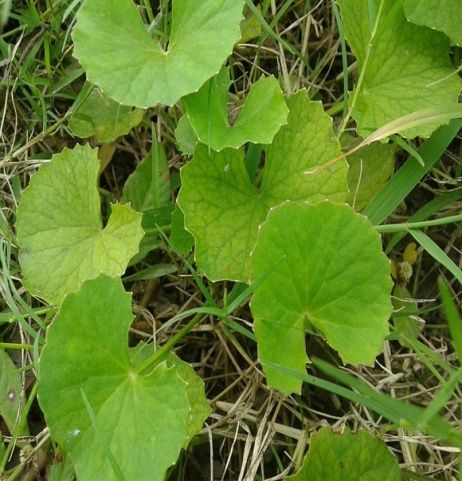Potential health dangers of new invasive species similar to indigenous plants that are used as food or medicine--an example from Bangladesh
Abstract
About 20,000 herbal products are currently available on the global market, and medicinal plants’ annual trade turnover is approximately US $ 4 billion in the United States alone. Centella asiatica (L.) Urb, (Indian Pennywort) has been widely used from the wild (also cultivated and marketed in Bangladesh, China, Southeast Asia, India, Sri Lanka), the leaves eaten as a component of mixed green vegetable, pot herb and is also an important item in the traditional medicine systems. In Bangladesh it is widely used as a health food and in the folk and traditional system of medicine for improving memory and for the treatment of a variety of ailments. Market surveys have detected two different species, C, erecta and C. verticillata, wrongly identified as the exotic species, Indian Pennywort because of their morphological similarity. Comparison of taxonomic and pharmaceutical characteristics among these species indicated a wide difference and this misidentification might pose a health risk to the consumers, the edibility and safety of the two exotic species being unknown. Public health nutritionists need to work with experts in plant taxonomy to identify and attempt to reduce the risk of invasive species of plants that may be poisonous and are similar in appearance to indigenous plants that are used for food or medicine.

Authors retain all copyrights. In making a submission to World Nutrition, they are certifying that all material is theirs except quotations, as indicated, and that they have obtained permission for any photos, tables, or graphics taken from other publications or websites.




